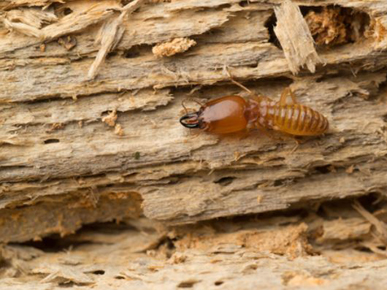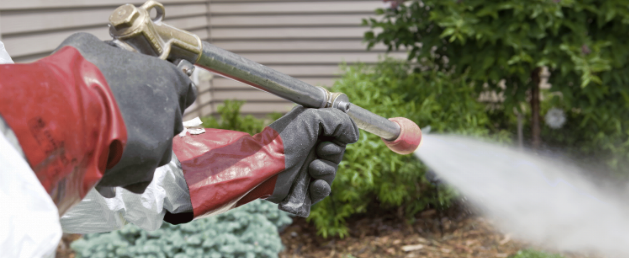
So tight, that for years scientists “thought the ailanthus might be required for the to be successful and reproduce. The relationship between tree and insect is tight. Unfortunately, the spotted lanterfly’s favorite host plant is also invasive and native to Asia: the ailanthus tree, or tree of heaven, is sprouting all over the East End. “Those with more of the favored late-summer host plants will probably see higher numbers than others.” “I don’t think everyone will have the same experiences when they do arrive in the area,” wrote Mr. “If we can find an infestation in its earliest stages, perhaps we’d have a chance to eradicate it,” he wrote. His department was first to find the southern pine beetle here, in 2017. However, the department did receive an unconfirmed report of a sighting in East Hampton this summer.īoth he and Andrew Drake, a town environmental analyst, have been trained on identifying the spotted lanternfly and routinely monitor a swath of town land in search of the pest. “None have been found here as far as our department knows,” he said. Eshenaur.Īndrew Gaites, principal environmental analyst for the Town of East Hampton, said he has been watching the progress of the lanternfly for years. “We have noted an increase in yellowjackets where we find” the spotted lanternfly, said Mr. Spotted lanternflies excrete a sticky substance called honeydew, which can get on your car, your house, your children, and attract yellowjackets before it molds over. The southern pine beetle has killed many thousands of pitch pines in East Hampton, Wainscott, and along the Napeague stretch. Beech leaf disease, caused by an invasive nematode, has spread to the East End in the last couple of years. Eshenaur said they will not feed on conifers, but black walnut, silver maple, willow, and oak trees can all be damaged. “Kill them immediately if you see them, please, wherever you are!”Īpart from wineries, the spotted lanternfly puts many of our native trees at risk. “Everyone is worried about it,” texted Christopher Tracy, winemaker at Channing Daughters Winery in Bridgehampton. She is in close contact with East End wineries to help them get out ahead of the insect. She conducts field research and helps educate the wine industry. The spotted lanternfly is slightly larger than a lightning bug.Īlice Wise is a viticulture researcher with the Cornell Cooperative Extension. Its hindwings are divided into two portions, an upper wing that is black with a white stripe and a lower wing that is red with black spots. Its dull beige wings are covered in black spots, with a finer, lacier pattern on the ends. If it weren’t so destructive, it might be interesting. Eshenaur, but he expects it on the East End “in a couple of years.” “It’s hard to anticipate how quickly it will move,” said Mr.


The spotted lanternfly, which really isn’t a fly, but a “planthopper,” hitched a ride to Pennsylvania in 2014 on rocks from South Korea and has since spread throughout the Mid-Atlantic and the Northeast. “We don’t know of any vineyards that have them on Long Island,” he said, “but we still have the month of October.” After wine grapes are harvested, he said it is es sential for vintners to continue to monitor their vines. “We know what to do to control them,” said Mr. “They stopped growing and planting new grapes there for a few years after” the spotted lanternfly first showed up. “Acres of vineyards were lost in Pennsylvania,” said Brian Eshenaur, an invasive species specialist for the Cornell’s New York State Integrated Pest Management program. New York State is number three in the United States in grape production, and the East End is home to many vineyards. But he added that he doesn’t think commercial vineyards would allow that to happen. “The excessive feeding and affinity it has for grapes, especially in early fall, can weaken and possibly even kill the vines,” wrote Dan Gilrein, an entomologist at the Cornell Cooperative Extension of Suffolk County. That’s the devastation that could be wrought by the spotted lanternfly, an invasive insect from Asia that’s reached Ronkonkoma and is headed east, posing a serious threat to vineyards. Wanna stroll there and check it out? Need to search some specific places, I've even got a list of where there could still be unlooted stuff.Imagine a world without wine.

I wanna know if there's anything left there so I could gather a group for it, or if everything's already looted. The reserve base's got several soldier barracks, and usually, they're supposed to have an arsenal and a storage room in them. Salam, brother! Come in! Got a task for you.


 0 kommentar(er)
0 kommentar(er)
